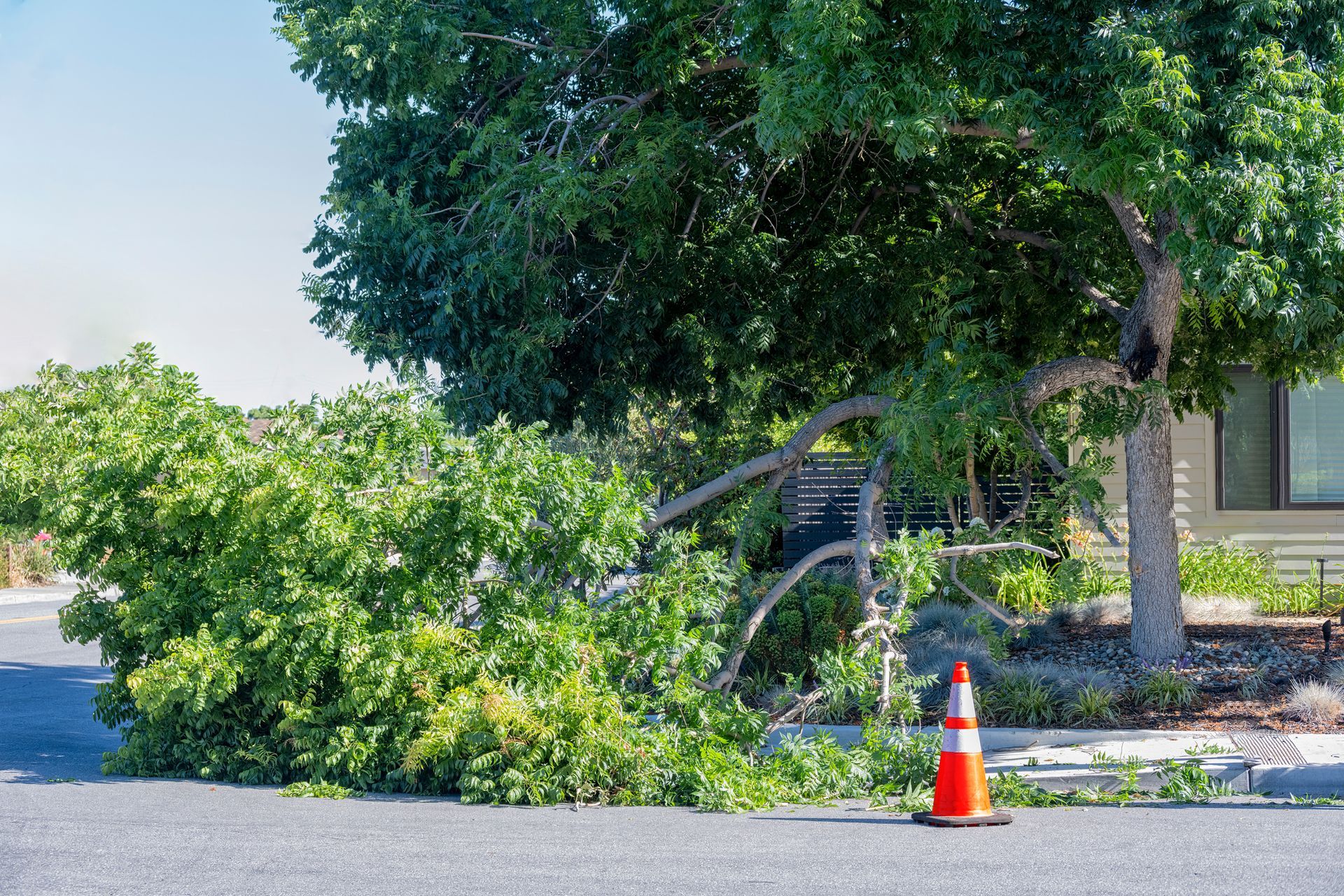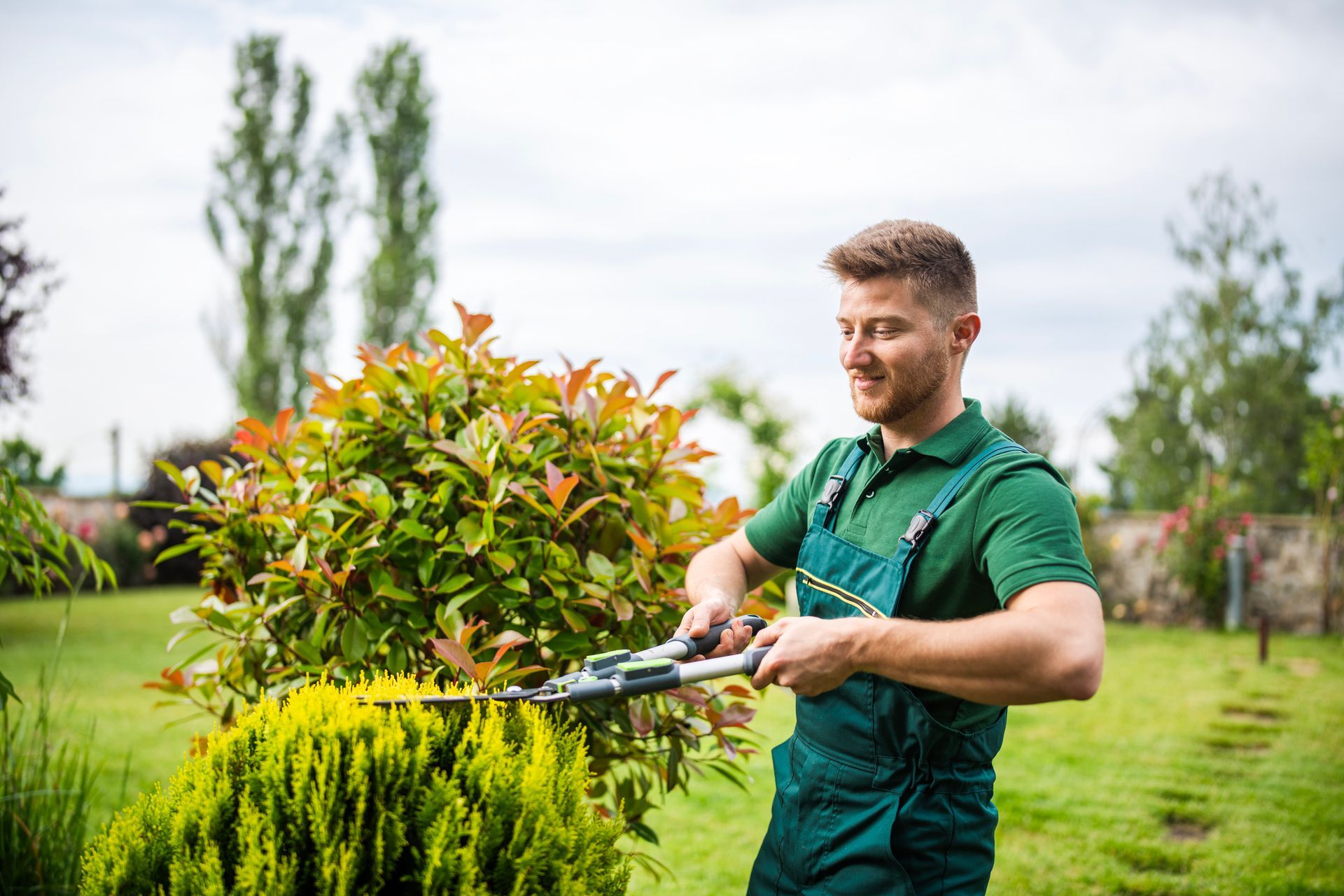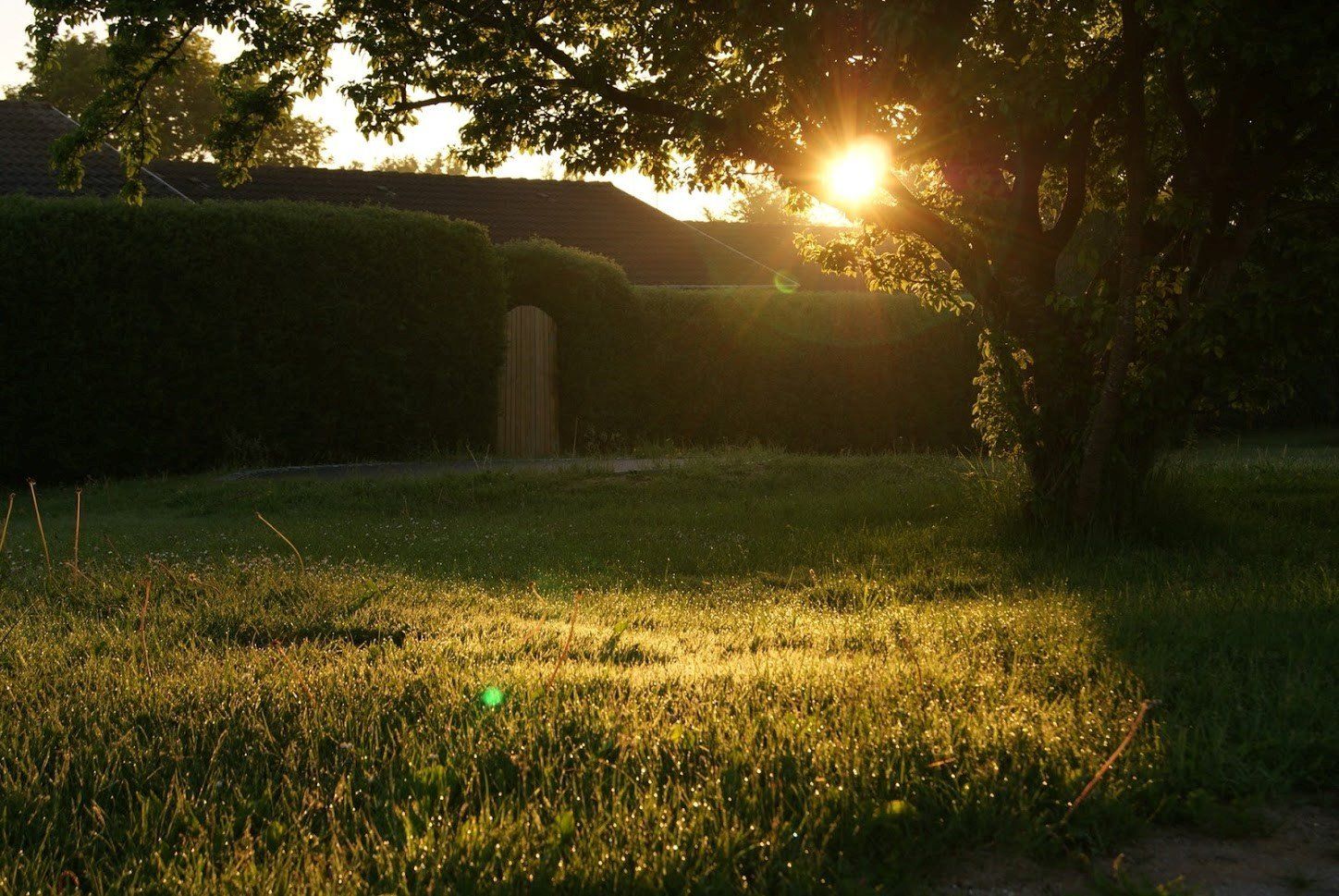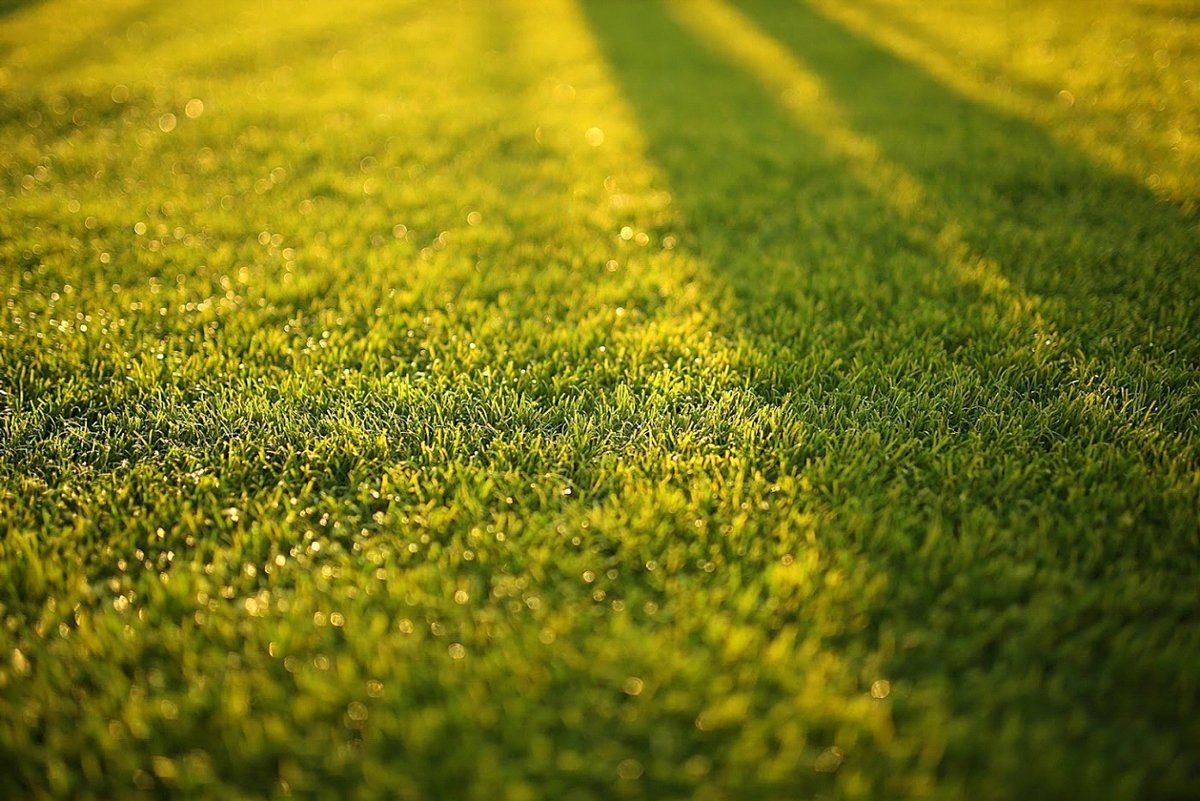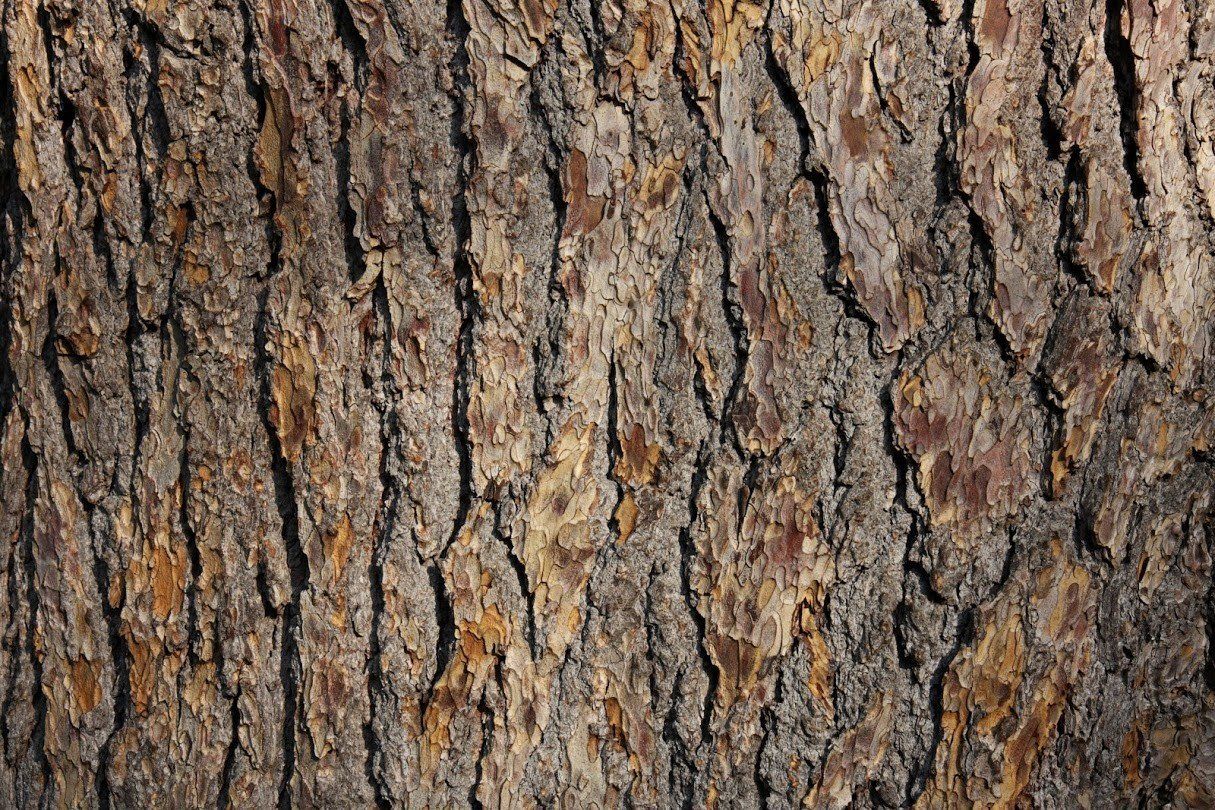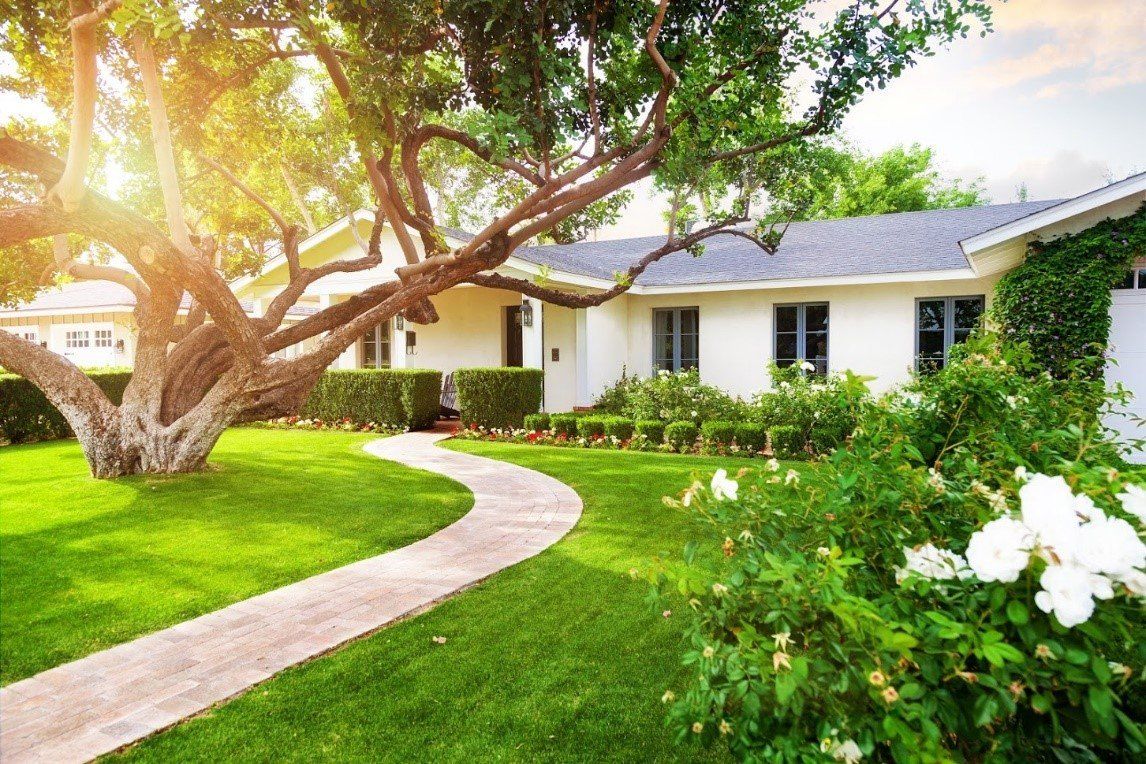How to Avoid Tree Blowdowns on Your Property
Admin • March 4, 2020
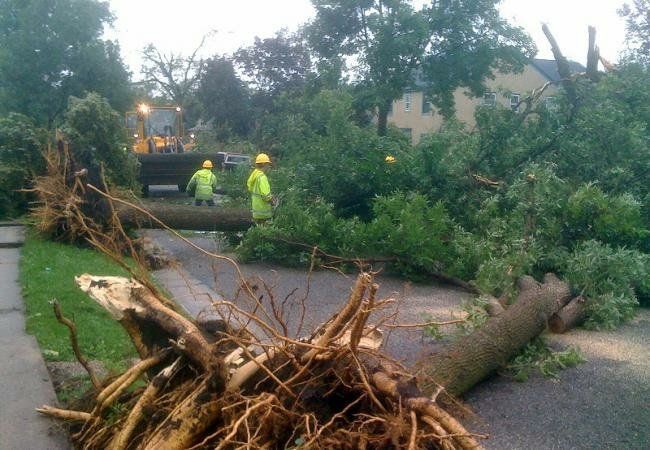
Root Rot
Root rot can refer to one of the many issues that affect the root system, including fungal issues or water damage.
Symptoms
Root rot signs are often overlooked until it is too late to save the tree. Most root rots occur because saturated soil causes the roots to drown. Even if the roots recover, the stage may have been set for a fungal infestation that will then kill the roots.
Some early symptoms include yellowing and dying leaves which may fall or persist on the tree. You may also notice fungal growth or mushroom snear the base of the tree or along the trunk. As the rot progresses, the tree may start to lean or whole branches may die back.
Prevention and Treatment
Many types of root rot are preventable through proper care. Plant trees in well-drained soil and avoid overwatering. In fact, proper irrigation is the main tactic for avoiding any type of root rot, so learn the water needs for each tree variety on your property.
Once root rot begins, it is nearly impossible to save the tree. Sometimes you can reverse the damage if the issue is caught early enough, but your tree service may need to treat the soil for the fungal agent.
Shallow Roots
When roots are shallow, trees are poorly anchored and more likely to fall over in high winds or wet soil. Although the rooting depth can vary depending on the type of tree, there are also cultural issues that can lead to shallow rooting.
Symptoms
Shallow rooted trees are typically more prone to drought stress because they can't access water deep underground, which further weakens the tree. You may notice that the leaves are brown and dry along the leaf margins, or that the leaves change color earlier than your neighbor's trees in the fall.
Another sign of shallow roots is disturbed soil around the base of the tree, particularly after a storm or high winds. Disturbed soil requires an immediate call to a tree service since it can indicate that the tree is in immediate danger of falling.
Prevention and Treatment
Prevention entails proper planting and good general maintenance. When planting new trees, avoid site with compacted soil as well as those near buildings or other objects that can restrict root growth.
Further, avoid shallow irrigation. Trees should be watered deeply every couple of weeks to help encourage the development of deeper roots. Proper fertilization can also help. Your tree service may also recommend reducing the crown size to it better matches the size that the current root system can support.
Tree Selection
Certain trees just aren't suitable for some areas of the yard because they have an increased chance of blowing over during a storm.
Symptoms
One sign that you have chosen the wrong tree for the location is that it is suffering from exposure damage. If every storm that comes through breaks off large branches or causes the soil to churn at the base of the tree, that tree is not suited to the location.
Prevention and Treatment
The best prevention is to research tree varieties before planting. In highly exposed areas, opt for sturdy trees with a more columnar form, as this allows wind to pass around the trees. Many flowering and softwood trees do better in protected areas, simply because in nature they would grow in the more protected understory margins of a forest.
If you have the wrong tree in the wrong area, your tree service may be able to help you find a solution. A windscreen, either manmade or grown from more wind resistant plants, is one option that can help protect the tree.
Contact
Kaily's Tree Service for more assistance with your landscape trees.

